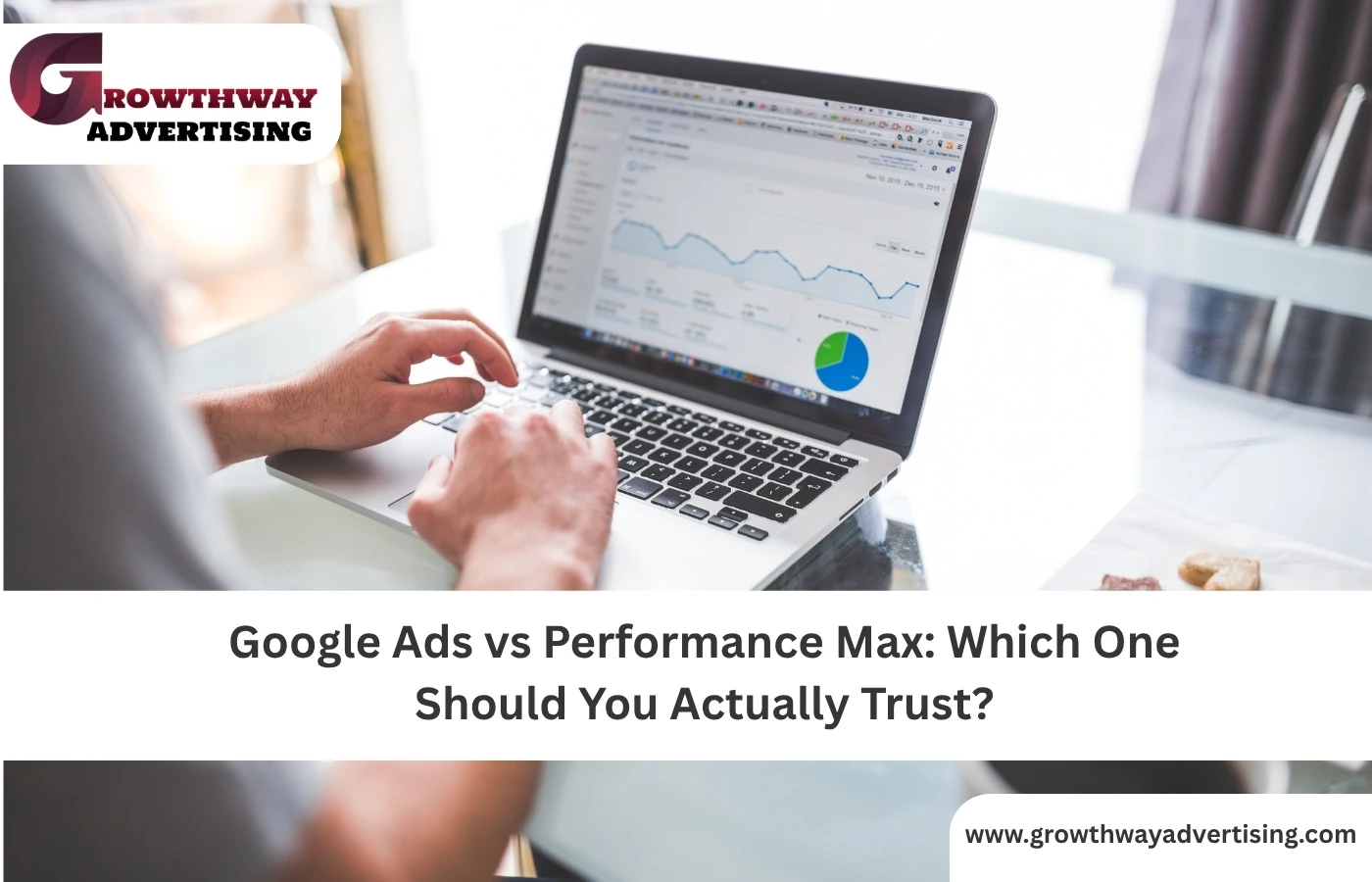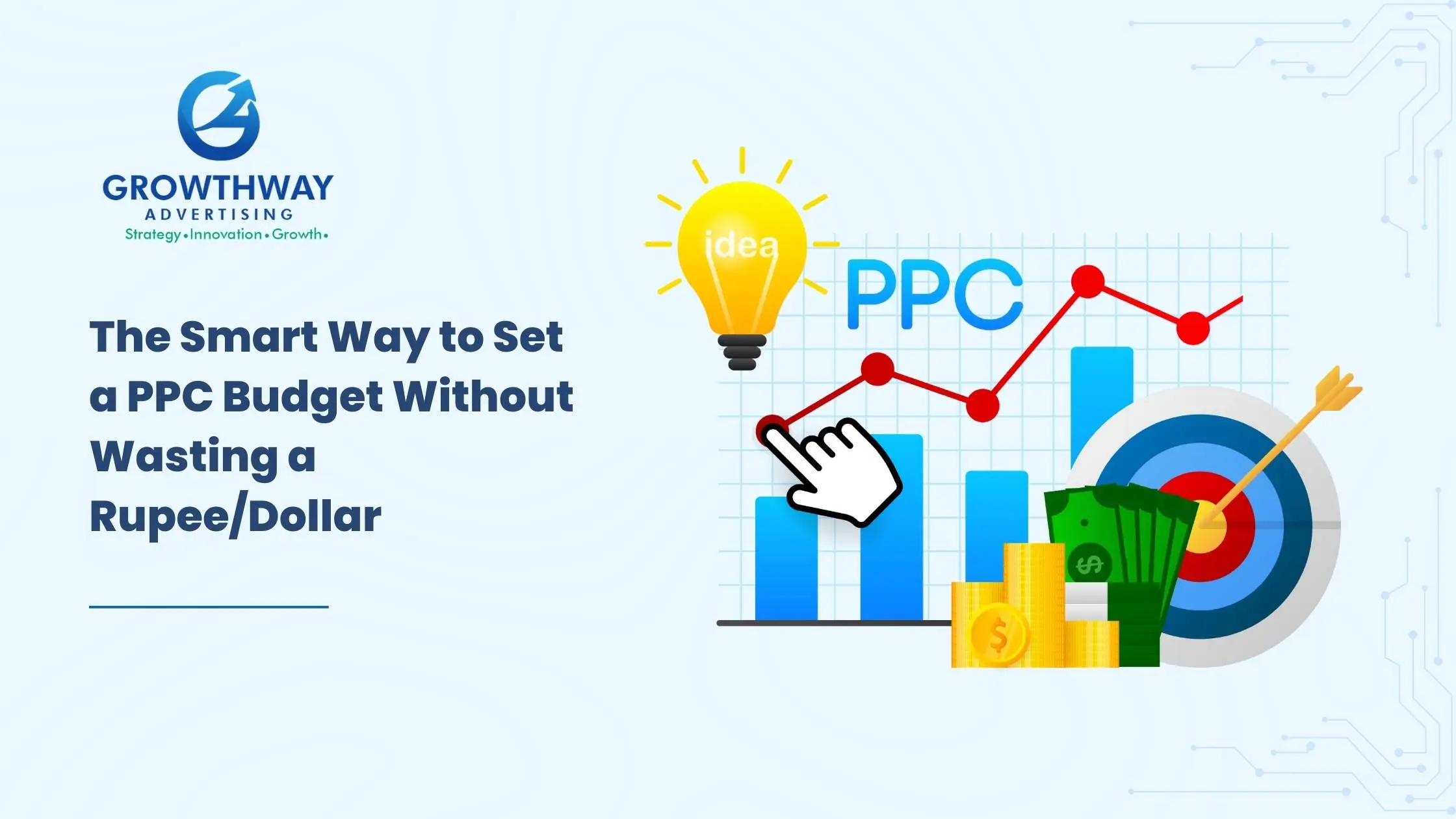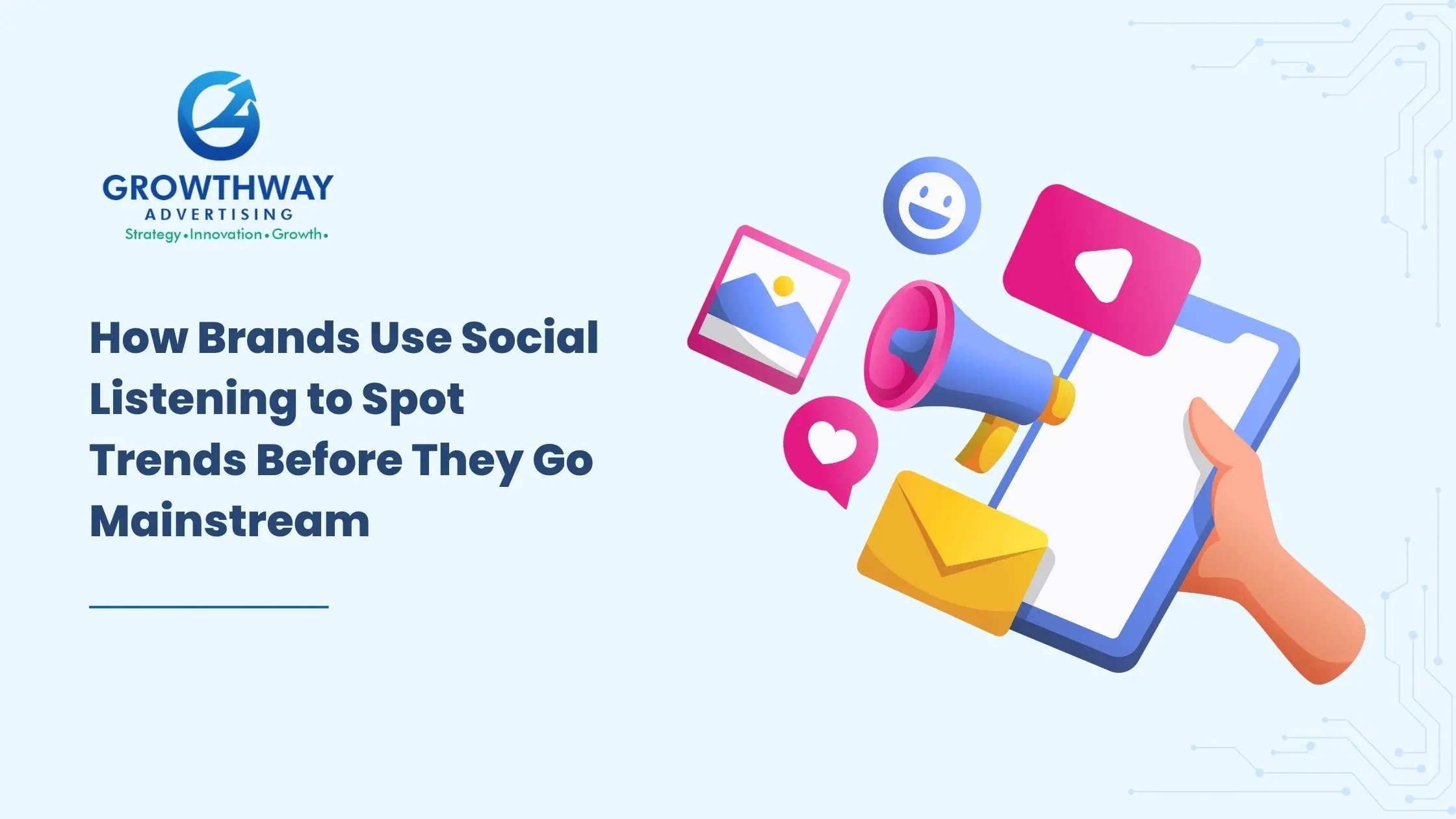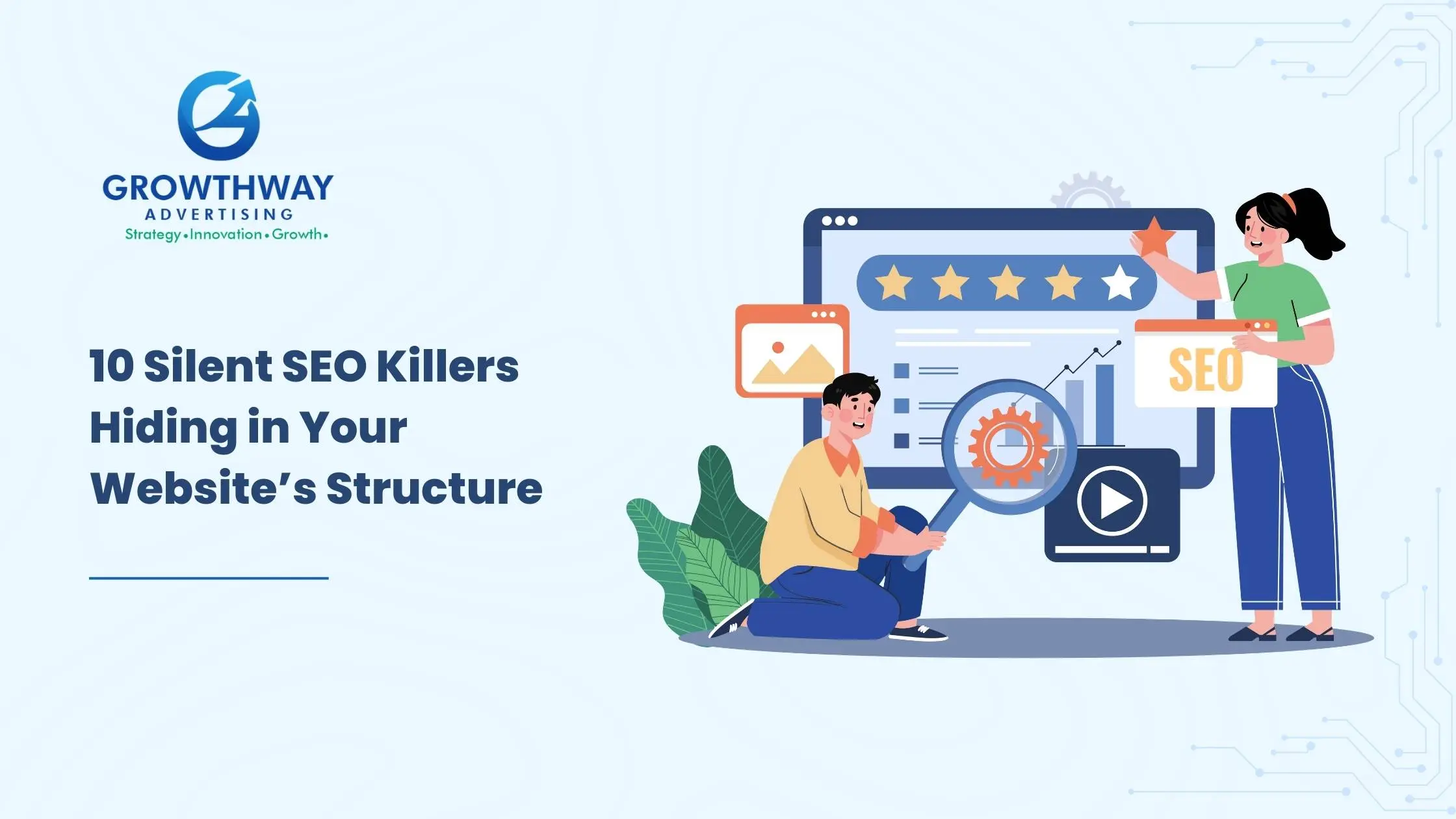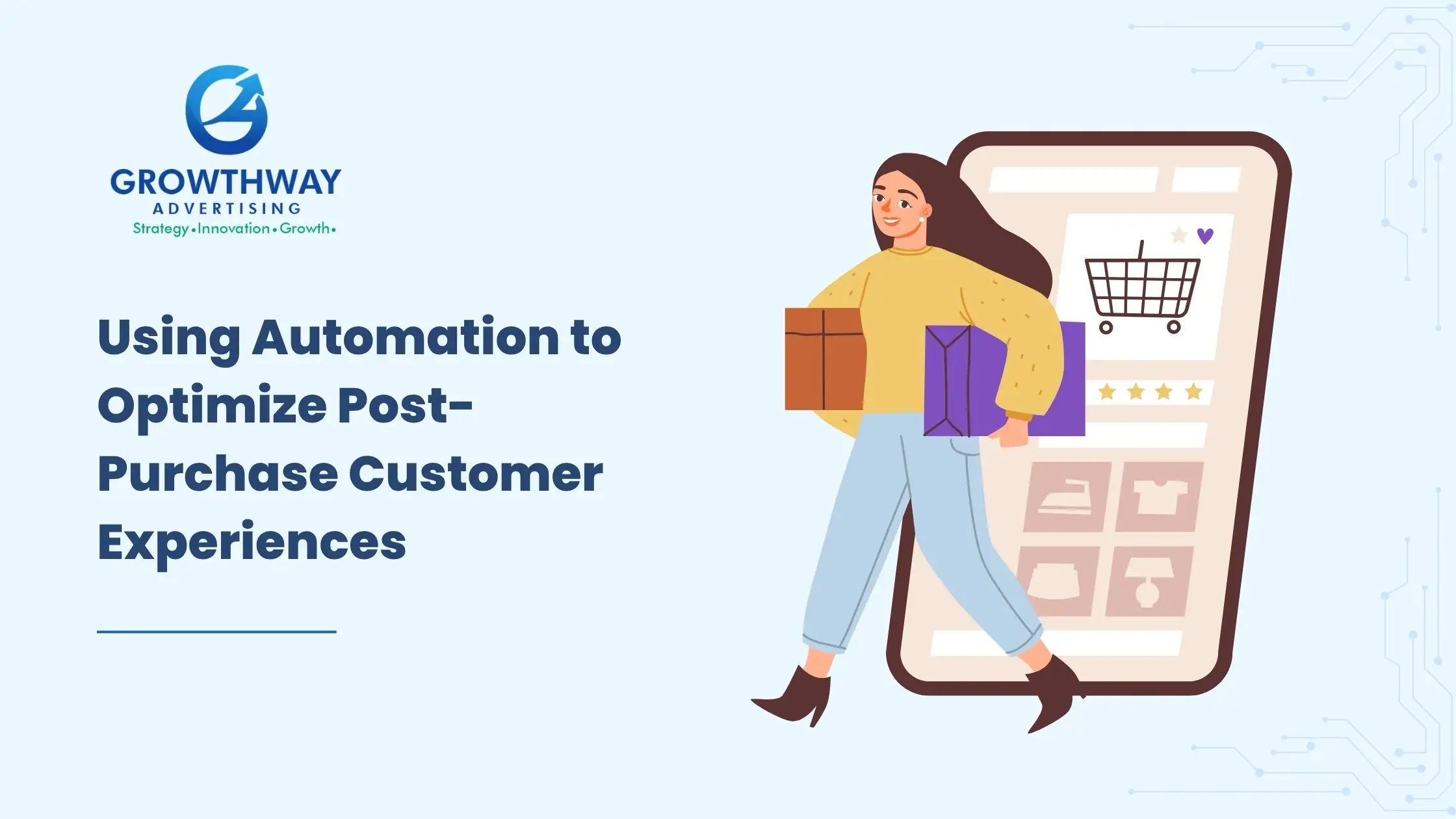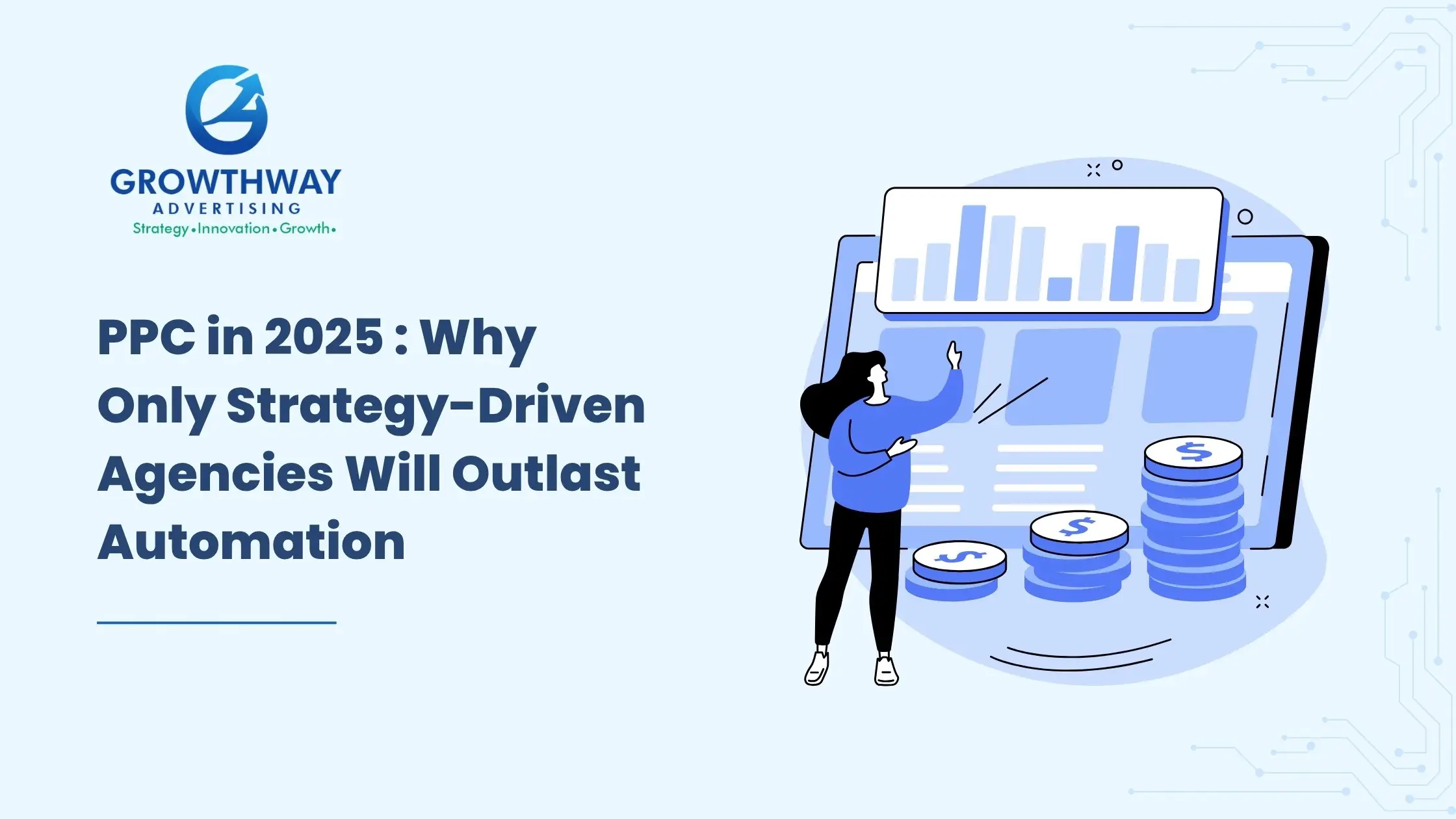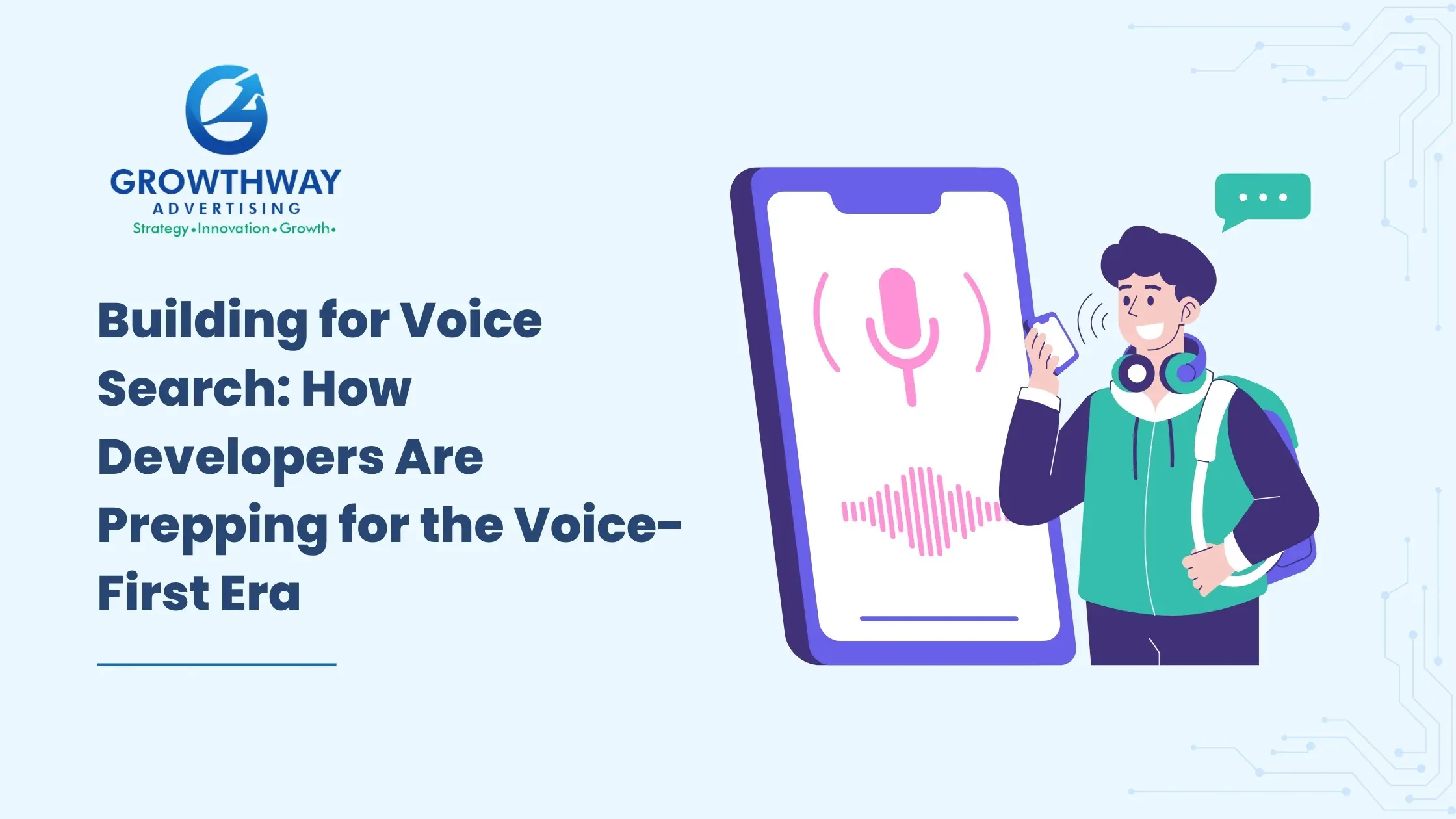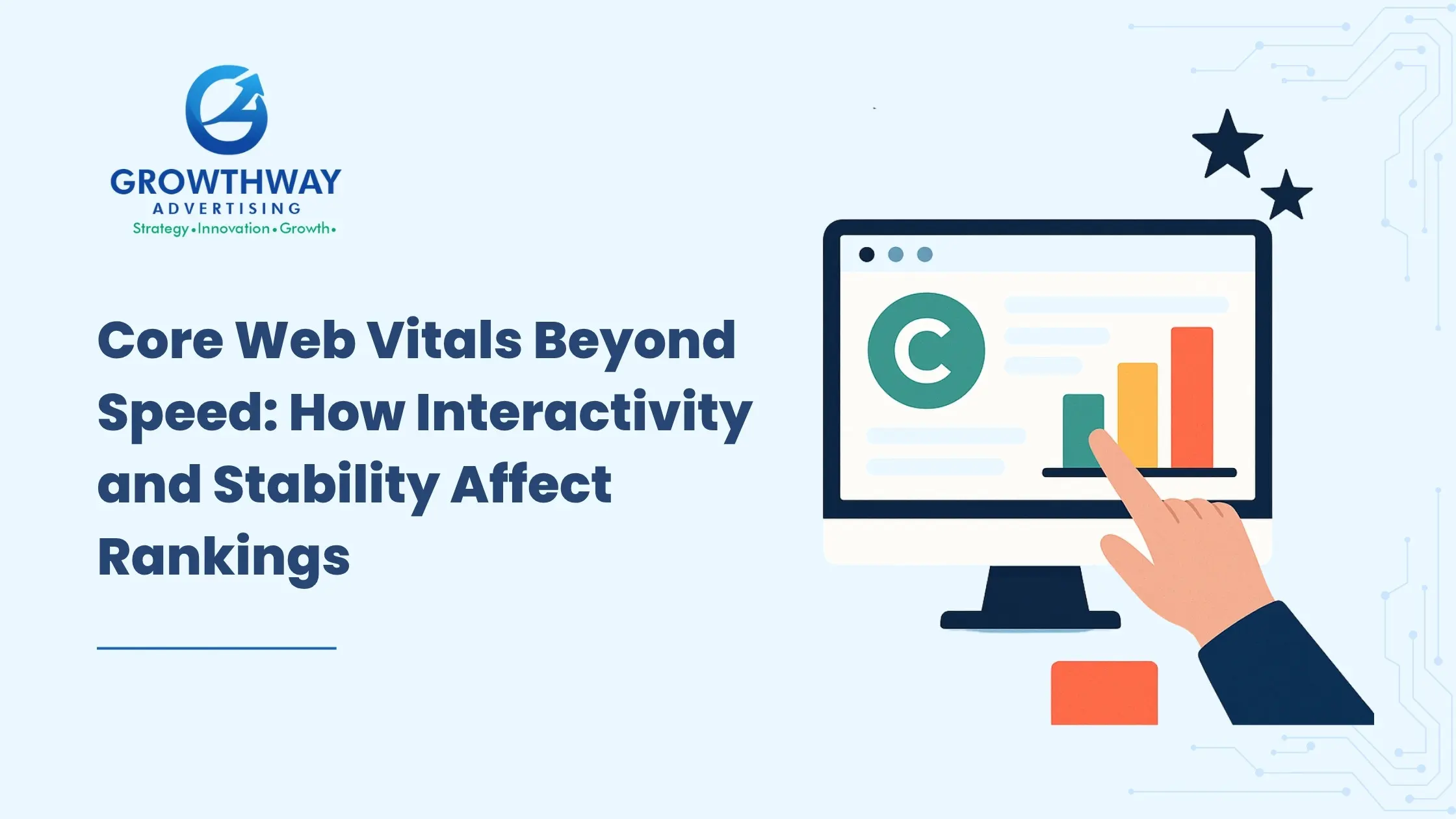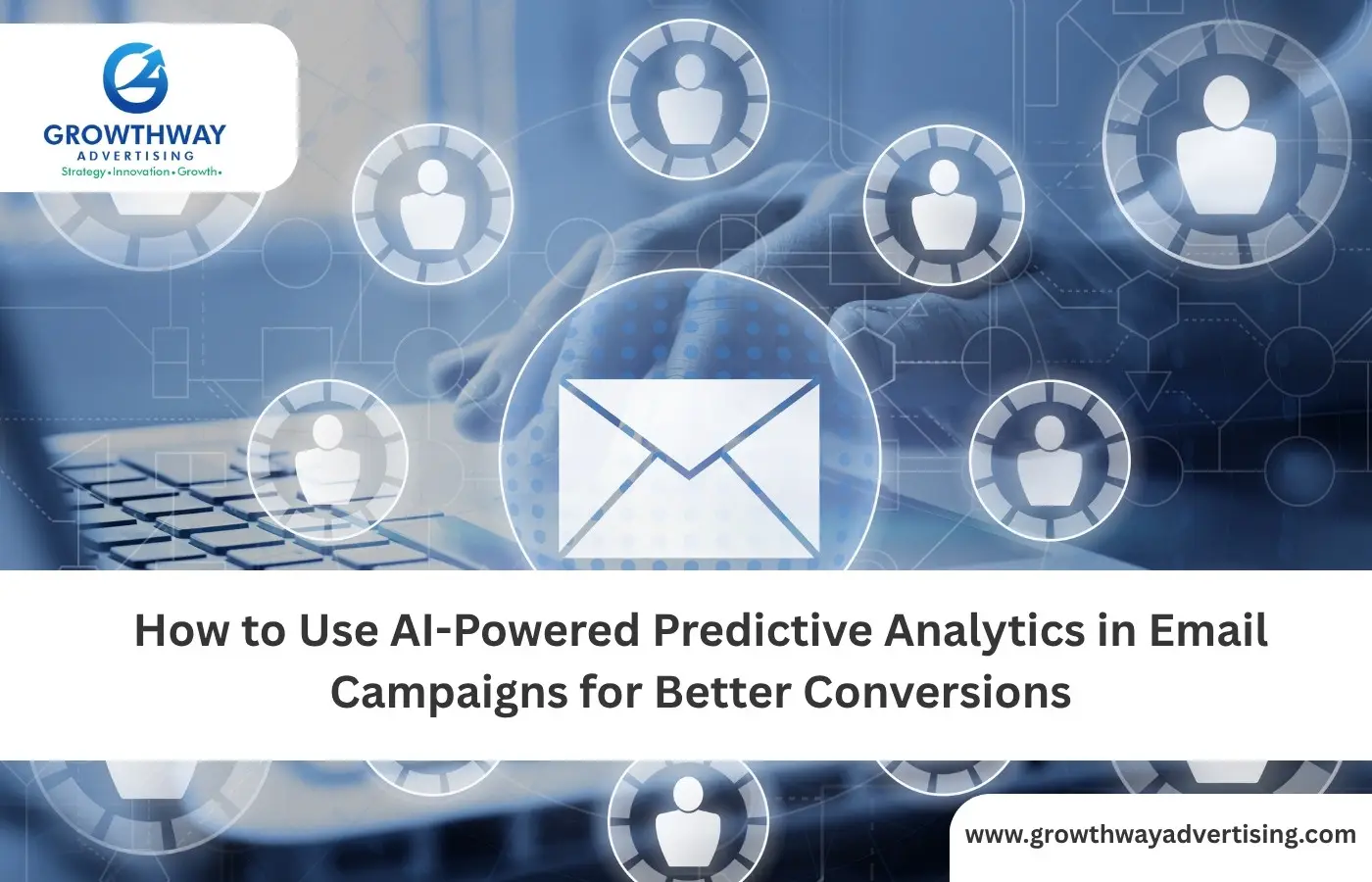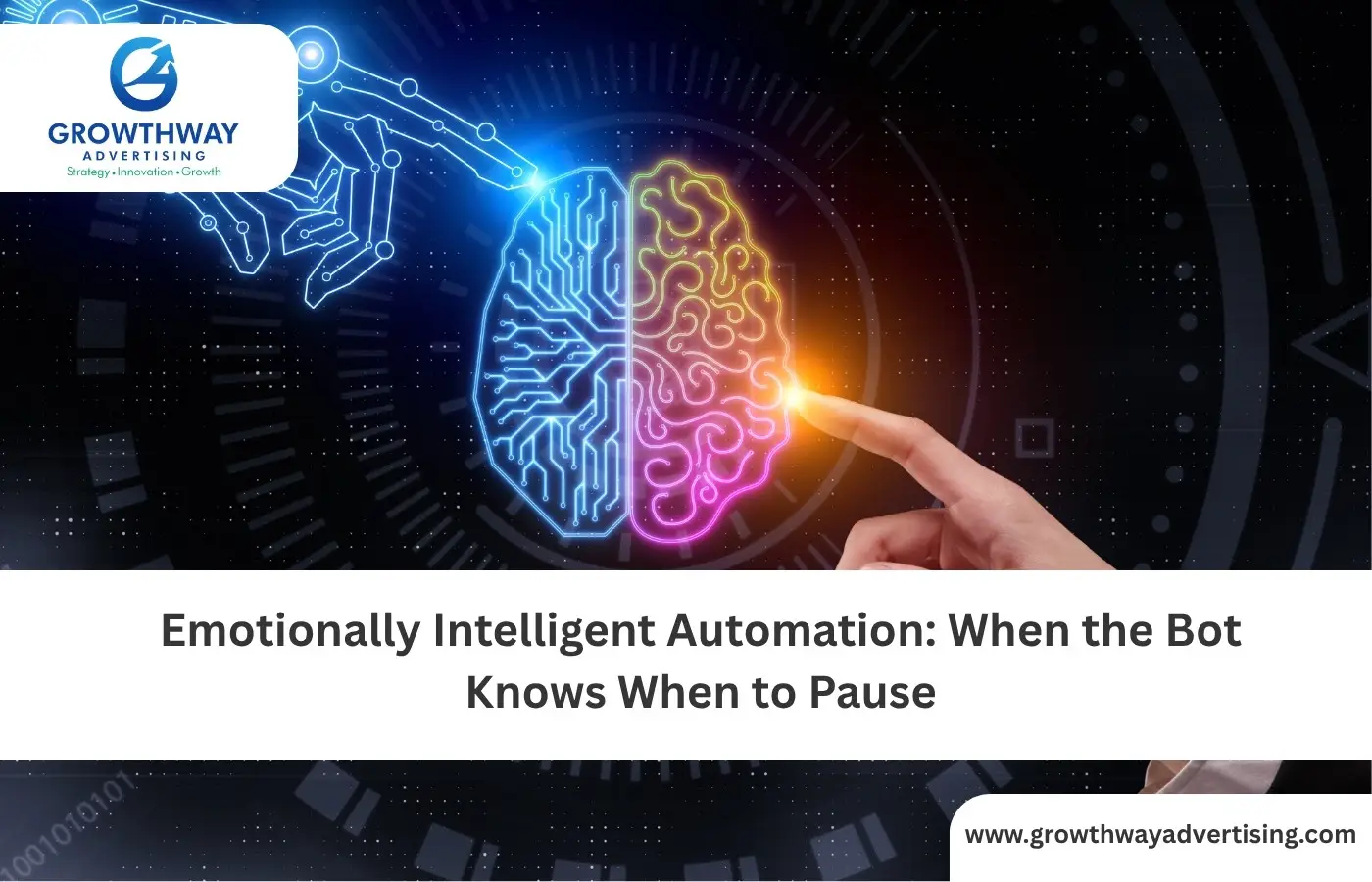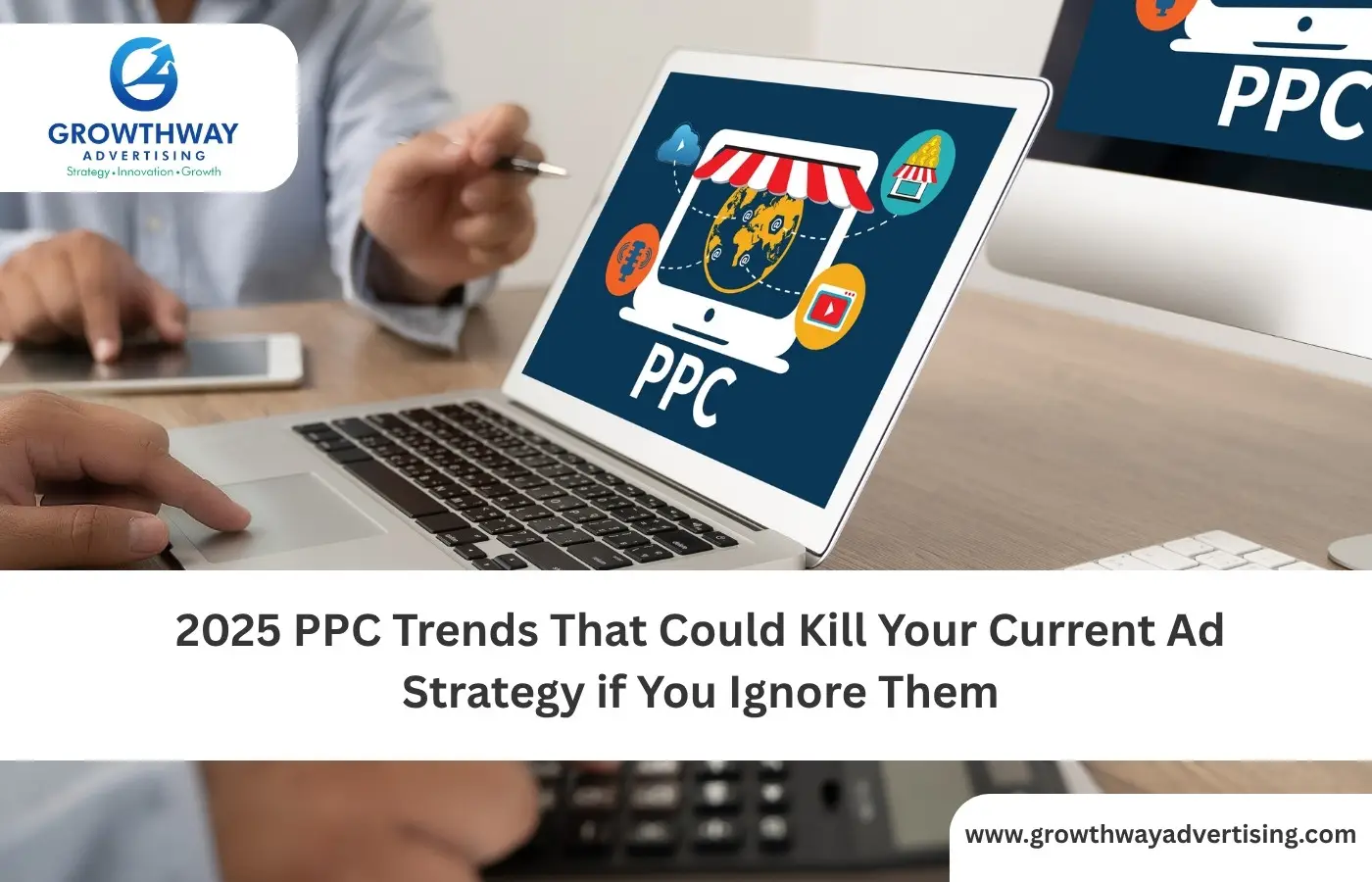Let’s cut through the noise.
You may have heard something about Performance Max, especially when you are running PPC campaigns. It is a Google AI campaign type which offers the reach, automation and conversion potential of all of Google inventory: Search, Display, YouTube, Gmail, Maps, Discovery, the whole shebang.
Sounds incredible, right? But here’s the question real marketers and businesses are asking:
Is Performance Max really better than traditional Google Ads campaigns? Or is it just hype?
To answer that, we can break down both of them, see what they actually do, and where they are great, and where they are weak. Whether you’re working with a ppc agency, running your own ads, or considering hiring a pay per click advertising company, this guide will help you figure out what to trust with your ad budget.
What Are Google Ads (Traditional Campaigns)?
Google Ads formerly known as AdWords, lets advertisers manually create campaigns for specific networks:
- Search (text ads on search results)
- Display (image/banner ads across websites)
- Shopping
- YouTube video
- App installs
Each campaign type is siloed. You choose your targeting, placements, creative, and bidding strategies. You have full control.
Pros:
- Granular control over every element
- Transparent performance data
- Easier A/B testing
- Better for targeted strategies
Cons:
- Requires more time and expertise
- Not inherently AI-driven
- Scaling can get tricky if not managed properly
For brands working with a skilled ppc company or handling complex funnels, traditional campaigns offer a lot of value. They give you the precision to dial in ROI over time.
What is Performance Max?
Performance Max (PMax) is the newer of Google’s campaign types. You upload creative assets images, headlines, videos and Google automatically stitches, mixes and delivers them across all channels.
What made it game-changing: it combines machine learning to optimize in real time to your goals whether that’s sales, leads, or store visits.
You do not focus on particular campaign types. You just set your goal, add in some assets then Google does the rest.
Pros:
- Massive reach across all of Google’s inventory
- Smart automation using Google’s data
- Ideal for businesses with rich creative assets
- Designed to maximize conversions
Cons:
- Little to no transparency on where ads show
- Harder to segment data by channel
- Limited control for optimization
- Asset quality directly impacts results
So if you’re used to the tight control of manual PPC marketing services, this can feel like a black box.
Key Differences That Actually Matter
Let’s stop comparing features for a second and talk about what actually matters where your money goes and how much control you have over performance.
1. Transparency
On traditional Google Ads, you will be able to see search terms, the placements, conversion paths and bidding breakdowns. One of the things that Google obscures with Performance Max is much of that information.
Why it matters: Whether you are making ad buys with a ppc advertising company or optimization of your ads, transparency to your data is negotiable.
2. Control Over Campaign Strategy
Traditional campaigns let you decide:
- Who to target
- Where to show your ads
- Which bid strategy to use
- When to scale or pause
PMax? AI will do it and Google will do it to you. This can be to your advantage- provided you are clean in your conversion tracking, good creative materials, and a high converting site.
And unless your funnel is airtight, you are probably just burning your ad dollars without the realization of what you need to do with Performance Max.
3. Use Case Flexibility
Want to target B2B search terms? Go traditional.
Want to retarget cart abandoners on YouTube? Still better with manual campaigns.
There to get exposure to a broad ecommerce campaign on Google Shopping, YouTube, and Gmail but with as little work as possible? Then Performance Max is the one.
However, one thing you should know is that Performance Max is not an alternative to regular campaigns, it is one that supplements them. Smart ppc services are a combination of the two based on objectives.
So, Which One Works Better?
There’s no one-size-fits-all answer. It depends on your business, budget, and goals.
But here’s what most PPC campaigns reveal when you test both:
| Criteria | Traditional Google Ads | Performance Max |
| Transparency | Full control & visibility | Limited insights |
| Creative Freedom | Highly customizable | Based on provided assets |
| Channel Control | Choose search, display, etc. | Mixed automatically |
| Ideal Use Case | B2B, local services, high-touch sales | Ecommerce, broad campaigns |
| Learning Curve | Medium to High | Low |
| Budget Efficiency | Depends on setup | Generally better for scaling |
| Partner Agency Requirement | Recommended | Optional, but helpful |
What PPC Agencies Are Doing in 2025
Here’s the thing: experienced ppc agencies aren’t picking sides. They’re combining both. Here’s how:
- Google Search campaigns for high-intent keywords
- Display remarketing using custom audiences
- YouTube ads for top-of-funnel engagement
- Performance Max for broad-scale ecommerce campaigns
- Shopping campaigns split between Standard and PMax to test ROI
Intelligent agencies will also establish offline conversion tracking templates, upload first-party data to Google Ads, and develop variations of creative in Performance Max.
Unless you happen to be working with a pay per click advertising company that only operates the PMax, or runs exclusively Search campaigns, you are not tapping the full potential of your ad budget.
Common Mistakes Businesses Make
Let us discuss where companies fail at this- so you don’t.
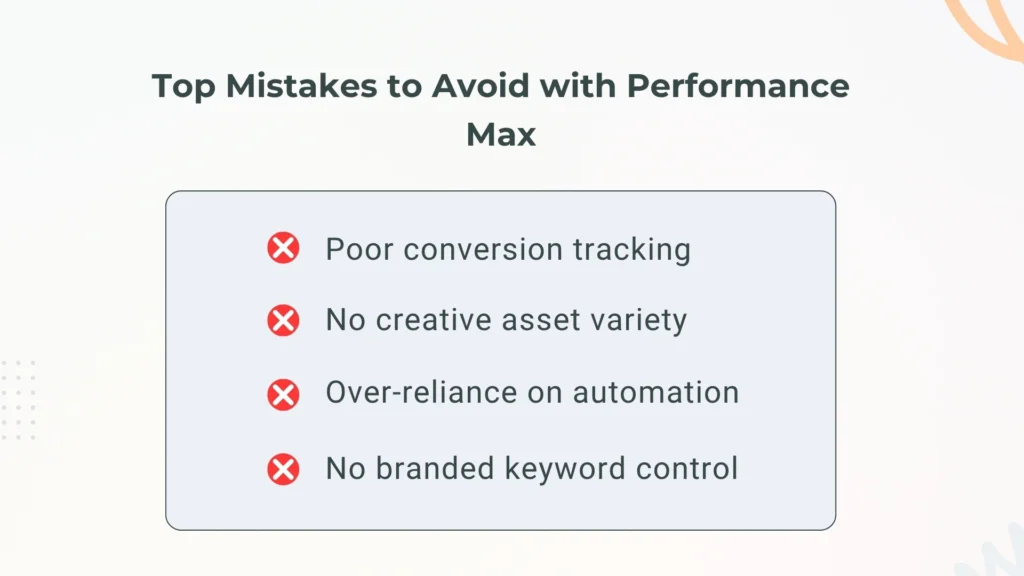
1. Trusting PMax without Feeding It the Right Data
Performance Max learns what you want and desires. A broken (or broad) conversion tracking will optimize on a wrong thing. You must set up:
- Precise conversion actions
- Clean audiences
- High-quality creative assets
In the absence of this, PMax ends up a money pit.
2. Ignoring Attribution Windows
It happens as most businesses believe that PMax under performs as they are measuring the last-click conversions. However, PMax can usually create awareness and mid-funnel engagement which does not reflect immediately. Data-driven attribution should be used to tell the whole story.
3. Skipping Manual Campaigns Entirely
Automation is not the trick. In spite of Performance Max being used, manual campaigns can assist:
- Control branded keywords
- Boost underperforming audiences
- Create experimental A/B tests
This is even more so, to the PPC marketing service in those competitive industries in which differentiation is of concern.
What About Shopping Ads?
In case you do ecommerce this is a tip: do not kill your Standard Shopping campaigns. PMax has Shopping by default, but there are more advertisers who decide to split their inventory to get more ROAS.
A solid ppc agency will:
- Run branded products in Standard Shopping
- Push seasonal promos in PMax
- Compare audience segments across both
Unless your ppc company is segmenting its Shopping traffic; you can be sure you are leaving money lying on the table.
Is Performance Max the Future of PPC?
Maybe. Yet not in total. The world of automation is here with us but so are the tests of strategy, tests, and human ingenuity. The most effective ppc advertising firms understand that it is not only important to trust Google AI blindly since performance emerges once the correct campaign type to meet the correct goal is matched.
So, when someone asks, “Should I trust Google Ads or Performance Max?”, the real answer is:
You shouldn’t blindly trust either. You should test both and trust your data.
FAQ’s
Google Ads gives you full control over specific campaign types like Search or Display. Performance Max is fully automated and runs across all Google platforms using AI.
It depends on your goals. Performance Max works well for ecommerce and broad reach, but traditional campaigns offer more control and transparency.
Yes and many smart advertisers do. A hybrid approach lets you combine targeted PPC campaigns with automated scaling across platforms.
Not in detail. Performance Max limits transparency, which can be frustrating for those used to traditional ppc marketing services with channel-level insights.
Ecommerce brands often see success with Performance Max due to its reach and integration with Shopping, YouTube, and Gmail but testing both is key.
Check conversion data, asset performance, and audience signals. Make sure your tracking is accurate and use data-driven attribution to get the full picture.

